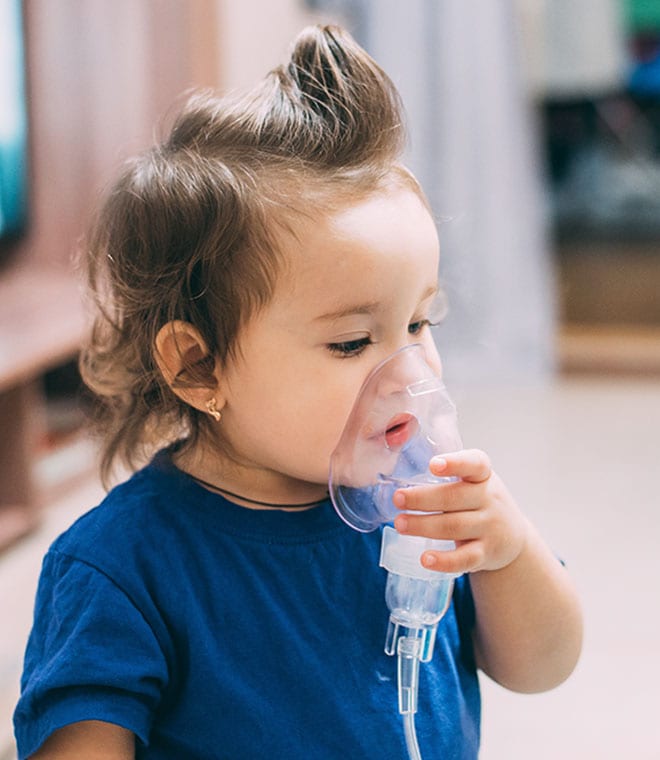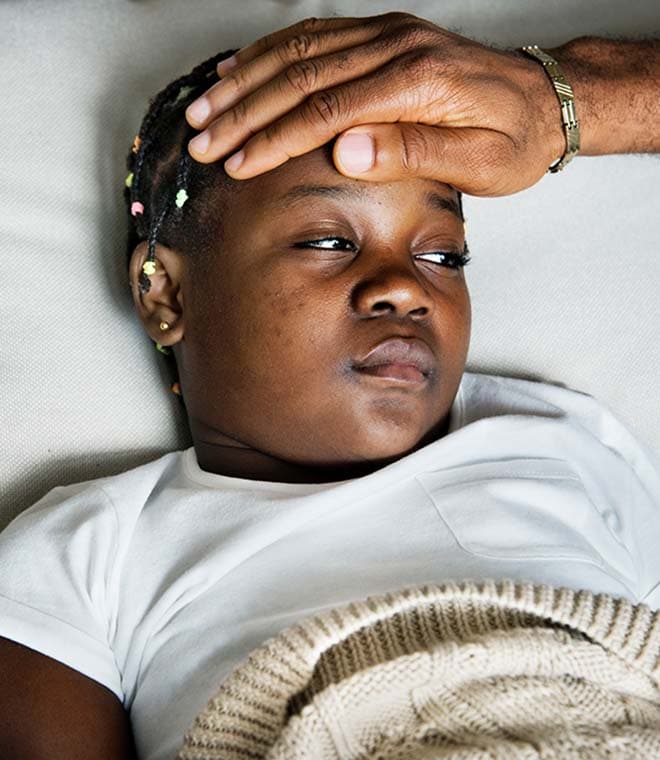Health
Tuberculosis testing: What you need to know
By Jean Cherry, RN, BSN, MBA Apr 14, 2025 • 5 min.
Tuberculosis, also known as TB, is an infectious disease affecting the lungs and potentially the brain, kidney and spine. It is caused by bacteria called Mycobacterium tuberculosis. When a person with TB coughs, sneezes or speaks, the TB bacteria become airborne and can infect those nearby if they breathe in the bacteria.
How is TB diagnosed?
A skin test, X-ray, sputum or blood test may be used to diagnose TB. Your healthcare provider can help determine which test is right for you.
The Mantoux tuberculin skin test is performed in two visits to a healthcare provider. On the first visit, a small amount of fluid called tuberculin is injected underneath the skin of your forearm, making a small, raised area. After 48–72 hours, your healthcare provider will check the skin for any palpable, raised, hardened area or swelling at the injection site. If the test is not read within 72 hours, it should be repeated. This is the preferred TB test for children younger than 5 years old.
There are two blood tests available for TB: the QuantiFERON–TB Gold In-Tube test and the T-SPOT TB test. For blood tests, you’ll only need one visit with your healthcare provider. During the visit, your provider will draw blood, and then they’ll send it to a laboratory for analysis. Blood tests are preferred for people who have received the TB vaccine Bacille Calmette–Guérin (BCG) or have trouble making two visits to their healthcare provider.
A negative skin or blood test result means there was no reaction to the test, and it is unlikely that you have active or latent TB. Testing positive for tuberculosis with any of these tests means you likely have TB. However, the tests do not differentiate between the active and latent types of TB.
Your healthcare provider can order additional tests to determine which type of TB you may have. These include chest X-rays or computed tomography (CT) scans to confirm any changes in the lungs from TB. A sputum test can also identify if TB is active when bacteria are present. Specimen culture is the gold standard for laboratory confirmation of TB disease.
Where to get tuberculosis testing
There are TB Control Offices located in various cities, states and territories. Primary and urgent care clinics in your area may also offer TB testing. You can also contact your local health department, primary healthcare provider or local hospital about possible locations for TB testing.
What are the symptoms of TB?
Common symptoms of TB include a cough that lasts over three weeks, coughing up blood/phlegm and chest pain. TB can be active with symptoms or latent (inactive) in the body for years.
If you have latent TB, the risk of it becoming active increases if the body’s immune system is weakened from certain medications or another health condition, such as human immunodeficiency virus (HIV).
Is there tuberculosis in the United States?
In the United States, the number of people diagnosed with TB has been slowly decreasing since 1992. However, a slight increase in U.S. cases has been occurring each year since 2020. The number of TB cases could possibly be higher due to underreported or undetected cases, particularly during the pandemic. In other parts of the world, new cases of TB have increased.
How do you get tuberculosis?
People are more likely to get TB from someone they live or work in close contact with.
How is TB treated?
Active and latent TB can be treated with prescribed medications given over a several months. A person is usually no longer contagious after two to three weeks of treatment. If TB is not treated appropriately, it can lead to complications or even be fatal for some people.
Updated by Julie McDaniel, MSN, RN, CRNI, April 2025.
Sources:
- https://www.cdc.gov/tb/causes/
- https://www.cdc.gov/tb/php/tb-programs/
- https://www.cdc.gov/tb/testing/
- https://www.cdc.gov/tb/about/children.html
- https://www.cdc.gov/tb/about/active-tuberculosis-disease.html
- https://www.cdc.gov/tb/about/inactive-tuberculosis.html
- https://www.cdc.gov/tb/signs-symptoms/index.html
- https://medlineplus.gov/tuberculosis.html
- https://www.who.int/news-room/fact-sheets/detail/tuberculosis
- https://www.lung.org/lung-health-diseases/lung-disease-lookup/tuberculosis/learn-about-tuberculosis
- https://www.merckmanuals.com/professional/infectious-diseases/mycobacteria/tuberculosis-tb#Etiology_v1010685
- https://www.cdc.gov/tb-surveillance-report-2023/summary/national.html
- https://www.cdc.gov/tb/treatment/index.html
- https://medlineplus.gov/lab-tests/tuberculosis-screening/
- https://www.cdc.gov/tb/testing/blood-test.html
- https://www.cdc.gov/tb/php/false-positive-investigation-toolkit/monitoring-outside-the-lab.html
- https://www.cdc.gov/tb/hcp/testing-diagnosis/clinical-and-laboratory-diagnosis.html



